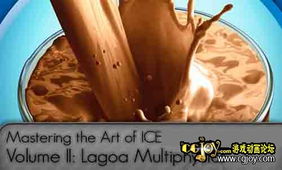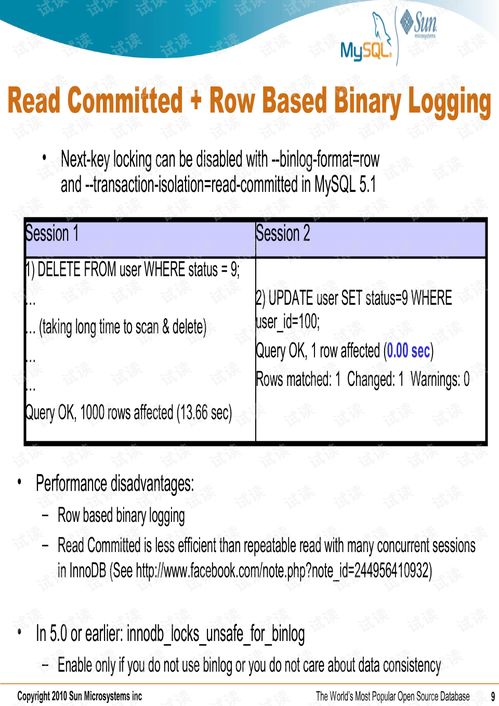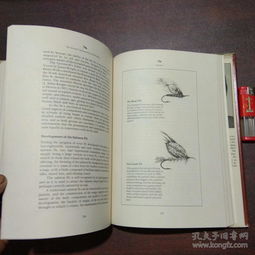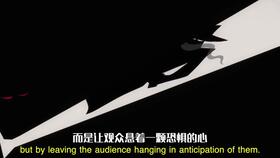
Content:
Introduction: Hand rod fishing, an ancient and traditional method of angling, has been practiced for centuries. It requires a unique blend of skill, patience, and precision. Whether you are a seasoned angler looking to refine your technique or a beginner eager to learn the ropes, this article will provide you with a comprehensive guide on how to challenge and improve your hand rod fishing skills. We will delve into the intricacies of hand rod fishing and introduce you to a series of technique challenge videos that will help you take your angling to the next level.
Understanding Hand Rod Fishing: Hand rod fishing, also known as fly fishing or rod and line fishing, involves casting a line with a fly rod and manually retrieving it to attract fish. This method requires a delicate touch and a deep understanding of the water and the fish you are targeting. Here are some key aspects to consider when learning hand rod fishing:
-
Equipment: The first step in mastering hand rod fishing is to ensure you have the right equipment. This includes a fly rod, fly line, leader, tippet, and appropriate flies or lures. Each component plays a crucial role in the fishing process, so it's essential to invest in quality gear that suits your needs.
-
Casting: Casting is the foundation of hand rod fishing. It involves accurately throwing the fly line and leader into the desired location. There are various casting techniques, such as the overhead cast, roll cast, and spey cast, each with its unique benefits. Practice these techniques regularly to improve your casting accuracy and distance.
-
Presentation: Once you have cast your line, the next step is to present the fly or lure to the fish in a natural and appealing manner. This requires understanding the behavior of the fish you are targeting and adjusting your technique accordingly. Pay attention to the water's flow, the fish's feeding patterns, and the type of fly or lure you are using.
-
Retrieval: The retrieval process involves moving the fly or lure through the water in a way that mimics the natural movement of prey. This can be done by manipulating the rod tip, changing the speed of the retrieve, or using various retrieves such as the strip retrieve, mend, or dead drift.
-
Reading the Water: A crucial skill in hand rod fishing is the ability to read the water. This involves understanding the structure of the river or lake, identifying potential fish-holding areas, and recognizing signs of fish activity. By studying the water's surface, bottom, and vegetation, you can make more informed decisions on where to cast and how to approach your fishing spot.
Technique Challenge Videos: To help you challenge and improve your hand rod fishing skills, we have compiled a series of technique challenge videos. These videos will guide you through various aspects of hand rod fishing, from casting and presentation to retrieval and water reading. Here is a breakdown of the videos:
-
Casting Mastery: This video will teach you the basics of casting, including the overhead cast, roll cast, and spey cast. You will learn the proper grip, stance, and casting motion to achieve accurate and powerful casts.
-
Advanced Casting Techniques: Once you have mastered the basics, this video will introduce you to more advanced casting techniques, such as the double haul, false cast, and snap cast. These techniques will help you achieve longer casts and greater control over your line.
-
Presentation Perfection: This video focuses on the art of fly presentation. You will learn how to read the water, identify fish-holding areas, and present your fly or lure in a way that triggers a bite. Techniques such as the mend, dead drift, and strip retrieve will be covered in detail.
-
Retrieval Revolution: In this video, we will explore various retrieval techniques to entice fish. You will learn how to adjust your retrieve speed, use different retrieves, and apply pressure to your line to ensure a successful catch.
-
Water Reading Wisdom: This final video will help you develop your water reading skills. You will learn how to identify fish-holding areas, read the water's surface and bottom, and make informed decisions on where to cast and how to approach your fishing spot.
Conclusion: Hand rod fishing is an art form that requires dedication, practice, and patience. By following this comprehensive guide and utilizing the technique challenge videos, you will be well on your way to mastering the art of hand rod fishing. Remember to practice regularly, stay patient, and enjoy the process of learning and improving your skills. Happy fishing!












